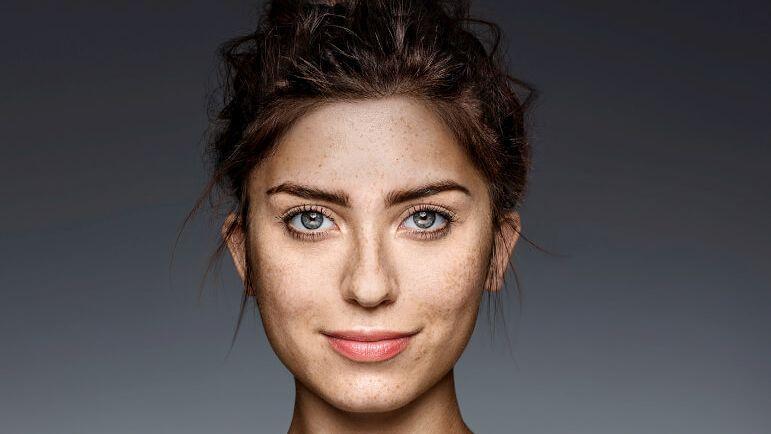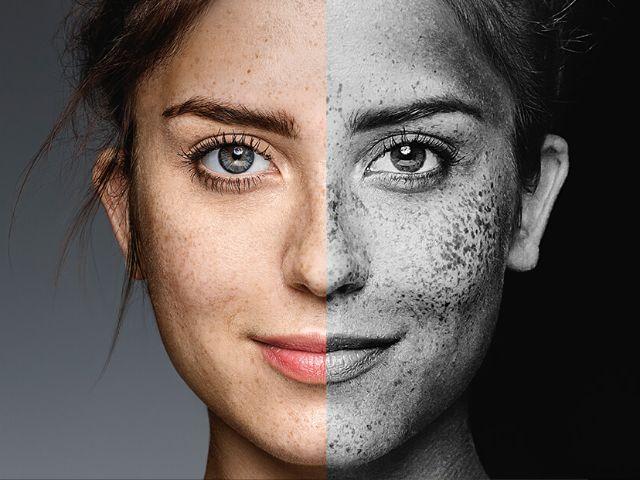
We know that exposing the skin to strong sunlight contributes to premature skin aging, as all types of ultraviolet radiation damage the skin’s collagen. Almost every one of us also has experienced sunburn and know how that feels like. Sun burnt skin is a memory that we are careful not to experience again and that is why we are eager apply our sunscreen in sunny weather.
UV radiation reflected from sunlight does not need so-called visible light to be harmful to the skin and eyes. Whatever the season or weather, rain or shine, there is always UV radiation. You can conveniently monitor the amount of ultraviolet radiation in your daily life with a UV bracelet. The UV wristband indicates the strength of UV radiation as soon as you step out the door. The wristband also helps you assess the need to protect your eyes and skin. You can find the bracelets in our store.

With an ultraviolet camera, we can see what the naked eye cannot see. The camera reveals how strong the effect of UV radiation is on our skin and eyes.
Most of the most harmful ultraviolet radiation is absorbed into the ozone layer. The radiation that reaches us is of the type UVA and UVB radiation. UVA radiation penetrates deep into the skin and tans our skin but at the same time accelerates skin aging. In the eye, UVA radiation also penetrates deeper than the surface of the eye and causes clouding of the eye’s lens. This process is known as cataract. UVB radiation has a shorter wave-length than UVA, and it stops at the surface layer of the skin. UVB is the one to blame for when we get burnt skin. Also in the eye, UVB stays on the surface of the eye and causes the cornea surface to “burn”. This is known as snow blindness.
Did you know that you can also protect yourself against harmful UV radiation with completely clear spectacle lenses, which are made to filter all wavelengths of UV radiation? Choosing a lens like this, your eyes, and the sensitive and thin skin around the eyes are always protected, even in cloudy weather, so there is no need to wear actual sunglasses.

So what good are sunglasses, if even clear lenses can give you full protection for the skin around the eyes and the lens? A clear lens does not eliminate glare caused by sunlight. In sunny weather, an uncomfortable glare is effectively eliminated by transition lenses, or even more effectively by sunglasses. The best way to protect yourself from intense reflected light that causes glare, is to invest in polarized sunglasses. Lens coatings give you a finishing touch for complete UV protection. These coatings give you protection for radiation coming from the sides and back, cutting it out with the coating on the back of the lens.
UVA radiation, wavelength 315-380 nm (Penetrates deep into the skin, causes cataract, tans the skin)
UVB radiation, wavelength 280-315 nm (Causes skin to burn and snow blindness i.e. “burns” the corneal epithelium, causes skin cancer)
UVC radiation, wavelength 100-280 nm (The most dangerous form of UV radiation that rarely penetrates the ozone layer)
Photos: Zeiss
